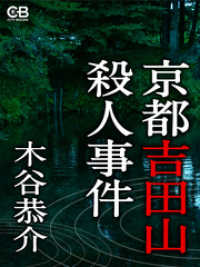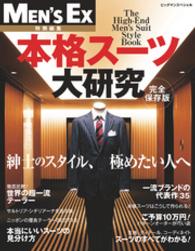- ホーム
- > 洋書
- > 英文書
- > Politics / International Relations
Full Description
The People's Choice is a landmark psychological and statistical study of American voters during the 1940 and 1944 presidential elections, originally published in 1948. Amid a burgeoning interest in statistics and population sampling, it constituted the first systematic effort to trace voters' behavior across the duration of a presidential campaign and to follow up on this data years later.
During the 1940 campaign, Paul F. Lazarsfeld, Bernard Berelson, and Hazel Gaudet tracked a sample population of six hundred people from Erie County, Ohio, interviewing them monthly in the seven months leading up to Election Day. Their subsequent study in 1944 expanded the sample to include a nationwide cross-section of two thousand voters. Contrary to the fears of the time, Lazarsfeld, Berelson, and Gaudet found that media such as newspapers, radio, and campaign advertising did not have a profound influence on individual voting habits. Instead, interpersonal interactions and word of mouth were more significant for most voters. They argued that mass media reached a small but crucial subset of people, who then passed information on to less avid media consumers.
The study paired the same interviewers and interviewees over time, leading to remarkable extended conversations that feature more casual and exploratory discussions than were typical of social-scientific research. Quoted verbatim, they offer additional insight into the American electorate. A groundbreaking work of empirical political science, The People's Choice remains of great importance in an era of anxiety about the influence of media on voting behavior.
Contents
Preface to the Third Edition
Preface to the Second Edition
Acknowledgments
1. Introduction
2. Erie County, Ohio, 1940
3. Social Differences Between Republicans and Democrats
4. Ideological Differences Between Republicans and Democrats
5. Participation in the Election
6. Time of Final Decision
7. The Types of Changes
8. The Activation Effect
9. The Reinforcement Effect
10. The Conversion Effect
11. The Over-All Effect of the Campaign
12. Anticipation of the Winner
13. What the Voters Were Told
14. The Radio and the Printed Page
15. The Political Homogeneity of Social Groups
16. The Nature of Personal Influence
Notes
Appendix: Construction of Indices








